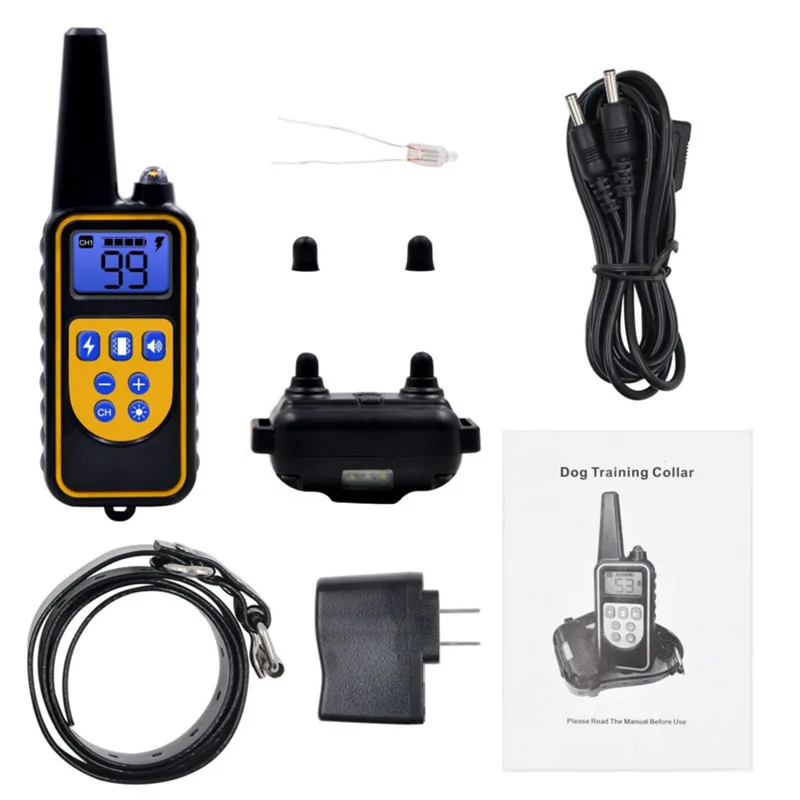Dog Shock Collars: Understanding Their Role in Training
 If you're a dog owner looking for effective ways to train your furry friend, you may have come across the controversial topic of dog shock collars. While these training devices can provoke strong opinions, they are frequently utilized for behavior modification in dogs. This blog post will delve deeply into the ins and outs of training dogs with shock collars, examining their efficacy, safety, and ethical considerations in greater detail.
If you're a dog owner looking for effective ways to train your furry friend, you may have come across the controversial topic of dog shock collars. While these training devices can provoke strong opinions, they are frequently utilized for behavior modification in dogs. This blog post will delve deeply into the ins and outs of training dogs with shock collars, examining their efficacy, safety, and ethical considerations in greater detail.
Many pet owners are turning towards humane dog training methods that go beyond just traditional commands and praise. In this landscape, shock collars have found their place, offering a different approach to training. The goal? To establish clear communication between you and your dog by reinforcing desired behaviors while discouraging undesirable ones. However, understanding how to use these devices safely and effectively is crucial to ensuring a positive training experience.
Throughout this article, we'll explore the best dog shock collars available on the market, providing insights into their features and advantages. Moreover, we’ll guide you on the safe use of shock collars to prevent any negative consequences that may arise due to misuse. It’s important to remember that while shock collars can be a valuable tool, they should always be used as part of a comprehensive training program that includes love, patience, and positive reinforcement.
Join us on this journey as we uncover the truths behind dog shock collars, equipping you with the knowledge to make informed decisions about your pets’ training needs. Whether you're a seasoned trainer or a new pet parent, our exploration will ensure that you understand the multifaceted world of dog training with shock collars!
Dog Shock Collars: Overview and Purpose. What are Dog Shock Collars?
Dog shock collars, also referred to as electronic collars or e-collars, are devices used in dog training to deliver an electric shock to a dog’s neck. The primary purpose is to reinforce commands or discourage undesirable behavior. They typically consist of a collar that fits around the dog’s neck and a remote control device operated by the trainer or owner. These collars come in various styles, from simple ones that emit a beep to more advanced models that provide customizable levels of static electricity.







































































































































































































































































































